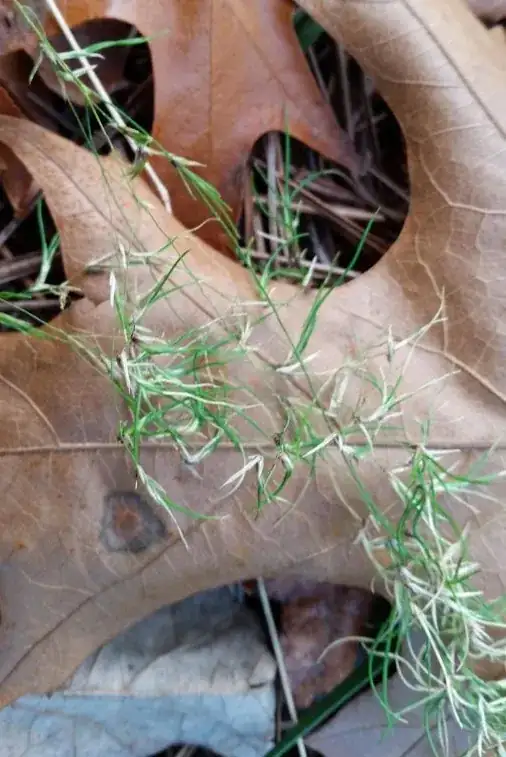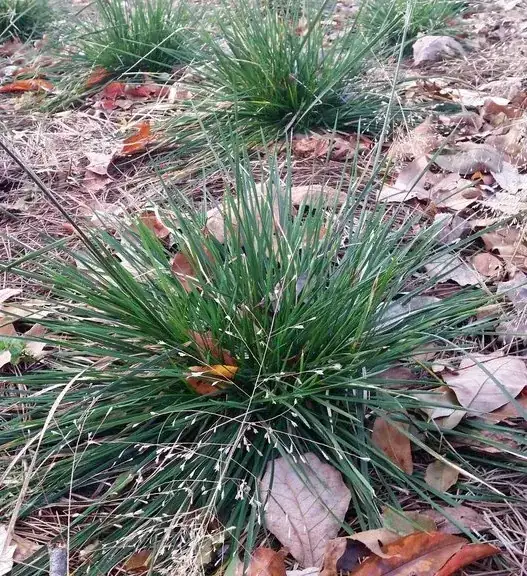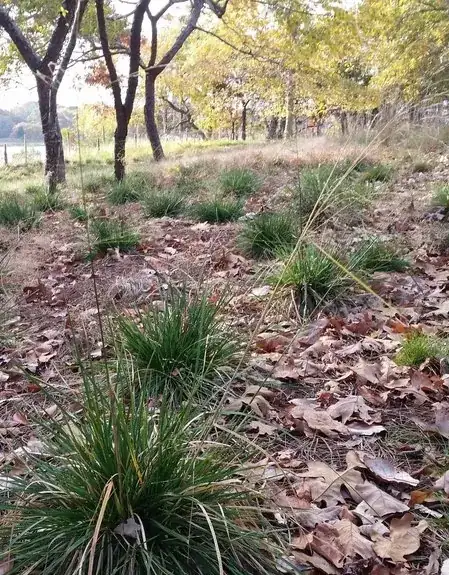We noticed some seedlings emerging from the flower head of an unidentified grass flower head yesterday. None of us had seen this before and we wondered how common it was and if it is more prevalent under certain conditions. How common is this? Also are these sprouts, which would either drop singularly or attached to the seed head when it drops, as vigorous as seed germinating in or on the soil?
Below are photos for anyone who thinks they might be able to ID.


